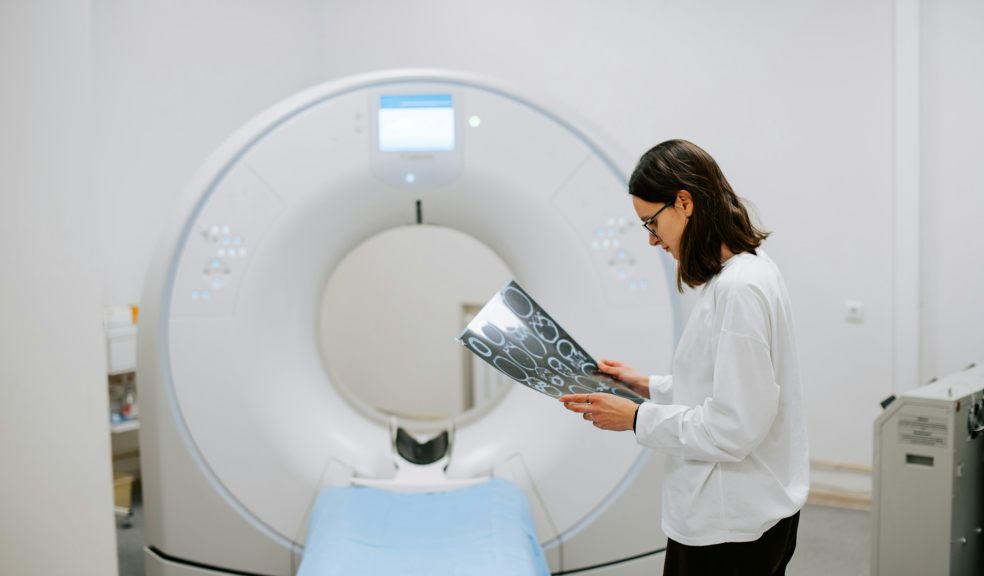
How Imaging Is Helping Scientists Predict and Prevent Disease
Advancements in imaging technology are transforming the way scientists approach disease detection, prediction, and prevention. Once viewed primarily as diagnostic tools for identifying existing health problems, imaging systems are now integral to proactive healthcare strategies. By enabling earlier intervention and more precise monitoring, these innovations are paving the way for healthier futures.
The Shift from Diagnosis to Prediction
Traditional medical imaging focused on confirming the presence of disease—whether spotting a tumour, revealing a fracture, or identifying organ damage. Today, imaging has evolved beyond this reactive role. Modern techniques allow scientists to detect subtle changes in tissues, organs, and even at the molecular level before symptoms appear.
This shift from reactive diagnosis to proactive prediction means diseases can be intercepted much earlier, when treatments are more effective and less invasive. For example, early signs of cardiovascular disease, Alzheimer’s, or certain cancers can now be detected before significant damage occurs.
Imaging at the Molecular Level
One of the most groundbreaking developments in this field is molecular imaging, which visualises biological processes within the body in real time. Unlike traditional scans that show only structures, molecular imaging can reveal how cells are functioning, how diseases are developing, and how treatments are working.
This ability to see beyond anatomy and into the molecular activity of tissues is crucial for identifying early disease markers. For example, scientists can track specific proteins linked to neurological disorders or detect metabolic changes associated with cancer before tumours are visible on standard scans.
The Role of Preclinical Imaging
Preclinical imaging plays a vital role in bridging laboratory research and clinical application. By allowing researchers to observe disease progression in living models, it helps refine early detection methods and assess potential treatments long before they reach human trials.
Companies like Perceptive provide advanced imaging solutions that enable scientists to study complex biological systems and better understand how to predict and prevent disease. This stage of research ensures that new medical innovations are both safe and effective before they are applied in real-world healthcare.
Artificial Intelligence and Predictive Analytics
Artificial intelligence (AI) has significantly boosted the power of medical imaging in predicting disease. AI algorithms can analyse vast datasets of medical images far faster and more accurately than human experts. By detecting subtle patterns and correlations that might otherwise be overlooked, AI assists in forecasting disease risk and progression.
For instance, AI-enhanced imaging can identify minute changes in heart tissue that signal the onset of heart disease years in advance, or detect brain changes that precede cognitive decline in dementia. This allows for earlier lifestyle changes, medications, or monitoring strategies that can delay or prevent disease onset.
Preventing Disease Through Imaging-Driven Insights
Predicting disease is only part of the equation—prevention is the ultimate goal. Imaging provides the evidence scientists need to recommend targeted preventive measures.
For example, if imaging reveals early arterial plaque formation, lifestyle interventions such as diet and exercise can be implemented immediately to reduce cardiovascular risk. In oncology, detecting tiny, pre-cancerous changes in tissue can prompt more frequent screenings, reducing the likelihood of disease progressing undetected.
Looking Ahead: Imaging as a Preventive Tool
As technology advances, imaging will become even more powerful as a preventive healthcare tool. Portable imaging devices, improved resolution, and the integration of genetic data will allow scientists to create highly personalised health profiles. These profiles can guide individuals toward specific preventive actions tailored to their unique biological risks.
Moreover, as imaging becomes faster, more accessible, and less invasive, it will likely become a routine part of preventive healthcare—much like annual check-ups are today.













